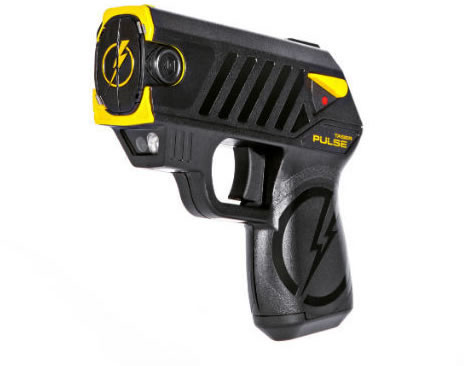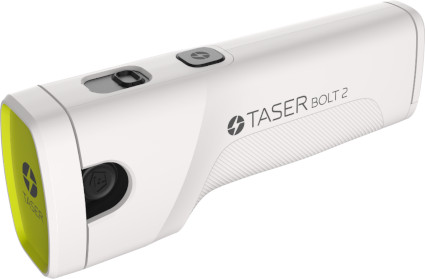Safest Places to Target a TASER Weapon

Safely Using a TASER: Best Practices and Key Areas to Target
Using a TASER can be an effective way to defend yourself in a threatening situation, but understanding where and how to use it safely is crucial. This guide covers the safest places to target when using a TASER and answers common questions like "What happens if you taser someone in the neck?" and "Where is the safest place to get tased?"
1. What Happens If You Tase Someone in the Neck?
While the neck may seem like a vulnerable area, tasing someone here can lead to unintended risks. Tasing in the neck area can interfere with breathing or cause severe muscle spasms due to its proximity to major nerves and arteries. It's generally advised to avoid the neck when using a TASER for self-defense, as it can escalate the situation and lead to unintended harm.
2. Best Place to Tase Someone for Self-Defense
The best area to aim for when using a TASER is the torso or center mass. This larger area of the body ensures a higher likelihood of making contact and effectively incapacitating the target without risking critical injuries. By focusing on the torso, the electric shock disrupts the target's muscle control without causing permanent harm.
3. Safest Place to Get Tased in a Controlled Environment
In training environments, experts recommend tasing in areas that are safe but still effective for testing, such as the back or thigh. These areas are less likely to cause serious injury and allow individuals to understand how TASERs work without unnecessary risk.
4. Where to Tase Someone for Maximum Effectiveness
For self-defense situations, targeting the lower abdomen or legs can also be effective. These areas provide a larger surface for the TASER's electrodes to connect and deliver a shock, causing the target to lose mobility or balance. It is particularly useful if you aim to disable an attacker's ability to pursue you.
5. Avoid Sensitive Areas
While it's important to disable a threat, certain areas of the body should be avoided to reduce risks of severe injury. These include:
- The Neck: As mentioned, tasing here can interfere with breathing.
- The Head and Eyes: Electrodes may cause irreversible damage.
- The Chest (for individuals with pacemakers): Tasing near the heart can cause complications.
6. Safety Tips for Using a TASER
- Know the Law: Ensure you're familiar with local laws regarding TASER use, as misuse can lead to legal consequences.
- Regular Maintenance: Check your TASER’s battery and functionality regularly to ensure it's ready in an emergency.
- Test-Fire the TASER: Periodically test your TASER in a safe environment to ensure it's working correctly.
Responsible TASER Use Can Keep You Safe
Using a TASER responsibly means understanding where it's safest and most effective to target. Avoid critical areas like the neck and head, and aim for larger muscle groups like the torso for the best results. By following these guidelines and regularly practicing with your device, you can protect yourself while minimizing harm to others.
Protect Yourself with Confidence! Explore our wide range of high-quality TASER devices and find the perfect tool for your personal safety needs. Equip yourself today for peace of mind tomorrow. Shop TASERs Now
Recent posts
-
03/12/2025Best Stun Guns for Self-Defense in 2025
-
03/11/2025How to Prevent Kidnapping – Top Safety Tips
-
03/11/2025What Do Rapists Look For? 10 Red Flags to Avoid


